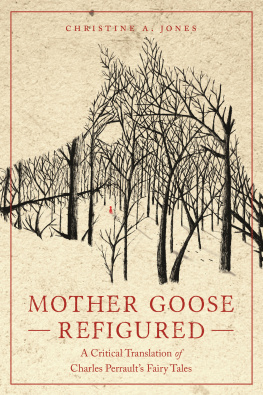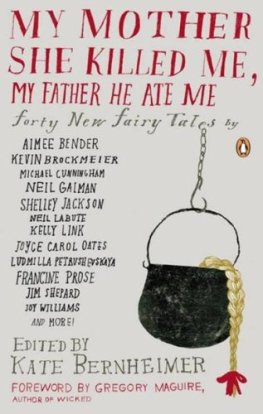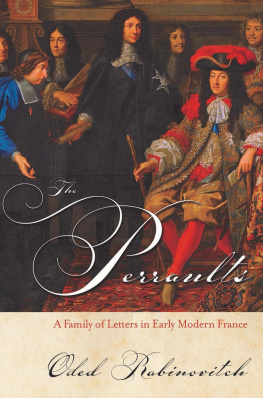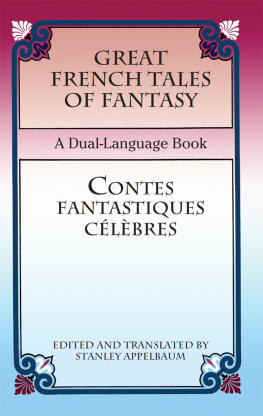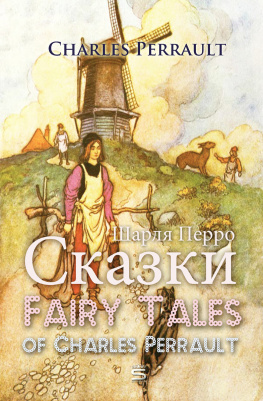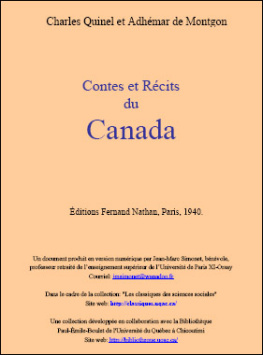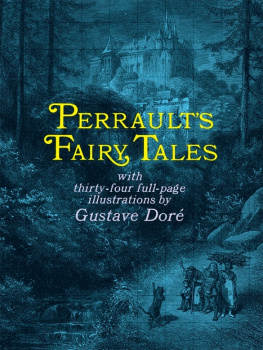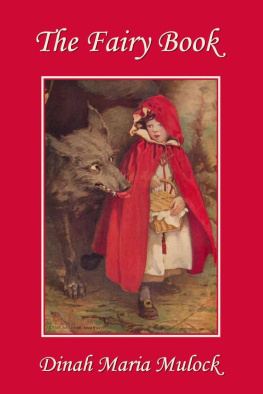SERIES IN FAIRY-TALE STUDIES
General Editor
Donald Haase, Wayne State University
Advisory Editors
Cristina Bacchilega, University of Hawaii, Mnoa
Stephen Benson, University of East Anglia
Nancy L. Canepa, Dartmouth College
Anne E. Duggan, Wayne State University
Pauline Greenhill, University of Winnipeg
Christine A. Jones, University of Utah
Janet Langlois, Wayne State University
Ulrich Marzolph, University of Gttingen
Carolina Fernndez Rodrguez, University of Oviedo
Maria Tatar, Harvard University
Jack Zipes, University of Minnesota
A complete listing of the books in this series can be found online at wsupress.wayne.edu

2016 by Wayne State University Press, Detroit, Michigan 48201. All rights reserved. No part of this book may be reproduced without formal permission. Manufactured in the United States of America.
20 19 18 17 16 5 4 3 2 1
ISBN 978-0-8143-3892-6 (paper) | ISBN 978-0-8143-3893-3 (e-book)
Library of Congress Control Number: 2016937228
Published with the assistance of a fund established by Thelma Gray James of Wayne State University for the publication of folklore and English studies.

Designed and typeset by Charles Sutherland, E.T. Lowe Publishing Co. Composed in Minion Pro
Wayne State University Press
Leonard N. Simons Building
4809 Woodward Avenue
Detroit, Michigan 48201-1309
Visit us online at wsupress.wayne.edu
For my godchildren,
Paul Robert Ryan
James OConnell
Lindy OConnell
Contents
Acknowledgments
Insights about how mature and playful the Mother Goose fairy tales look in seventeenth-century French began making sense for me over the course of two years, roughly 20079. At that time, I was asked to translate authorial prefaces to the seventeenth-century editions of Charles Perraults Histoires ou Contes du temps pass for the volume Fairy Tales Framed, edited by Ruth B. Bottigheimer (Albany: SUNY Press, 2013). During this first experience wielding the pen of the translator, I found myself amazed again and again by how witty, strangely vernacular, and sometimes snarky the language felt. Jokes of the slapstick variety I associate with Molire poke fun at the lifestyle of the very men and women to whom Perrault dedicates the volume; narrators speak in multiple voices, presenting an unstable moral universe; the stated morals of the tales hardly serve to make their lessons clearer, especially when there are two that deliver quite different ideas. I thank Ruth Bottigheimer for commissioning these translations and encouraging my interest in their complex poetics and modern sense of humor. In 2010, when my collaborator Jennifer Schacker and I began gathering translations of Perraults tales for Marvelous Transformations (Peterborough, ON: Broad-view, 2012), we realized that none satisfied our interest in making it easier to teach Perrault as a funny, ironic writer. And so it was that I did new translations of three fairy tales. Eventually my cherished colleague convinced me to translate the collection. I owe her a great debt for sharing and encouraging my enthusiasm.
Several scholars, some known to me and others unknown, read the manuscript with an eye to improving it. To all of them I am grateful. My University of Utah colleague Eric Laursen saw more versions of this book than I care to admit and always steered me back to the best version of my voice. The anonymous readers consulted by Wayne State University Press gave me a spectacular range of comments and a host of titles to consult that taught me how better to tailor these arguments for a wide academic and public audience. Of those readers whose names are known to me, I owe special thanks to Annie Martin and Donald Haase, who not only read and appreciated the project but went to bat for it. Discussions with Anne Duggan about how Perrault and feminism do or do not intersect were an invaluable source of insight. I thank all other members of the WSUP Series in Fairy-Tale Studies editorial board, who also had a hand in moving the book to final contract, and Robin DuBlanc for expertly copyediting the manuscript. She became an interlocutor in ways I did not expect, found great solutions to pesky problems, and helped me make user-friendly formatting decisions. As for the books design, I am grateful to Matt Saunders for granting me the right to use his beautiful art and to Bryce Schimanski for creating an eye-catching cover around it.
Three generous grants made research for this book possible. A University of Utah Great Ideas in the Humanities grant allowed me to do research at the Osborne Collection of Early Childrens Books in Toronto, the Pierpont Morgan Library in New York, and the Cotsen Childrens Library at Princeton University to piece together the translation history that became a crucial backdrop for this book. A National Endowment for the Humanities Summer Stipend funded the first months of work on the translations. Thanks to the support of a Publishing Grant awarded by the Textbook and Academic Author Association, I was able to add the images from the Mercure galant and hire Robert Swanson, whom I trust, to index the book.
Finally, a word of thanks to my parents, who have by now read more fairy tales than they ever knew were written, and my sister, whose website womenyoushouldknow.net has been an important public forum for me to try out alternative theories of how to read fairy tales. And a personal note of gratitude to my partner Muriel, as always, for living through this publishing adventure with me. This book is dedicated to three extraordinary people by whom I have the pleasure of being called godmother.
Authors Note
The image captions in the Introduction, the footnotes throughout the book, and the Annotated Bibliography preserve historical capitalization when possible and the original orthography. However, capitalization of titles has been standardized in the body of the Introduction for ease of reading.
All translations from period dictionaries are the authors own.
Introduction
Mother Goose and Charles Perrault
Charles Perrault (16281703) published the Histoires ou Contes du temps pass (Stories or Tales of the Past) in French in 1697 during what scholars call the first vogue of such tales produced by learned writers in France. The genre that we now know so well was then new, an uncommon kind of literature in the epic world of Louis XIVs court. A little volume with big impact, Perraults inaugural collection of French fairy tales featured characters that soon, over the course of the eighteenth century, became icons of social history in France and abroad. Today they are no less a part of our cultural fabric in North America:
La Belle au bois dormant (Sleeping Beauty)
Le Petit chaperon rouge (Little Red Riding Hood)
La Barbe bleue (Blue Beard)
Le Matre chat; ou, Le Chat bott (The Master Cat; or, Puss in Boots)
Les Fes (The Fairies)
Cendrillon; ou, La Petite pantoufle de verre (Cinderella; or, The Little Glass Slipper)
Riquet la houppe (Ricky with the Tuft)
Le Petit poucet (Hop o My Thumb)
The eight delightful tales of the Histoires ou Contes du temps pass were inaugural in the sense that, in the 1690s, Perrault was one of only a handful of writers who tried their hands at the new genre. They did not simply write fairy tales, they invented the form as we know it today. Older genres, Still, her longer, more complex storiessave one or twodid not have the same widespread appeal as what Perrault called
Next page
